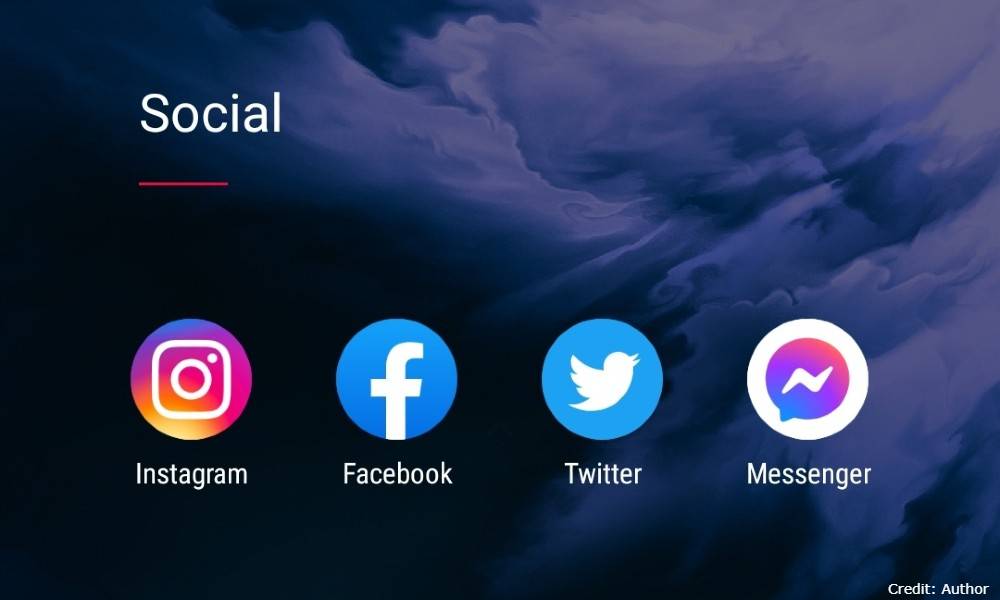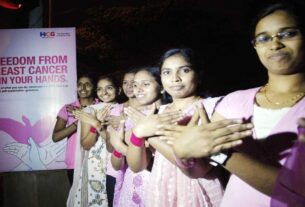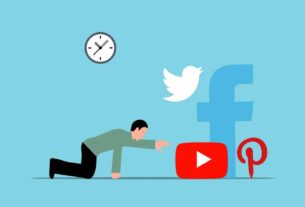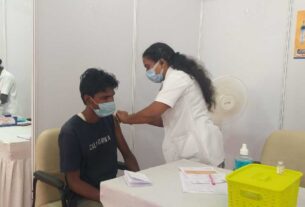On National Technology Day, a deep dive into the minds and hearts of various people who are using digital technology to help in these times of crisis.
New Delhi: When Tejasv Gupta, the website developer behind Sprinklr, saw several of his friends and colleagues looking and providing help online, he thought of using his skills for a good cause.
“It was like a eureka moment for me, I saw people asking for help and some people trying their best to provide it. I decided to put these two together, and thus came up with this website,” he said.
The website has various sections, like oxygen bed or oxygen cylinder, compartmentalized based on various cities of India. The algorithm compiles all the verified information available on Twitter and other social media platforms and presents it on one page.
Gupta said, “Earlier we created this for our own employees. Later, when we saw that so many people could benefit from this, we opened it up for the general public and even scaled up our servers to handle the load.”
In times of dire crisis, technology has come to our aid. From finding hospital beds to basic things such as oximeters or nurses, social media websites and apps have been the go-to place for many.
Sprinklr is not the only such platform. India COVID SOS is another group of volunteers, including international scientists and policy-makers, who have created a website to help people in these times of crisis.
Their mission statement says, “We are building, sharing and deploying evidence-based solutions that are deeply rooted in scientific principles, and aiming to mitigate this crisis as we work alongside communities on the ground.”
Individuals are also using the social media platform to help reach out to as many people as they can. Hardik, a Twitter user, has added the words, “DM For Covid Help” to his Twitter handle so that people can find help easily.
Hardik said that social media is a faster and feasible way to get help. “People who need help just create their IDs and tag us or any other volunteers and can get leads easily. They don’t have to go here and there, they just have to tweet.”
Verifying the leads is also a cumbersome process, explained Hardik. “We have to call the people and verify the numbers. It’s so hectic but we have to do it to provide real leads,” he said.
Surbhi, who goes by the username @PikuCovid Resources Check Tweets on Twitter, said, ”On social media, you can share the available information with many and then the readers can either retweet, forward or share it to their network or someone in need.”
“The speed of information dissemination is unparalleled and within a single day, the message can reach even millions,” she said.
Vikram Singh, Assistant Professor at the National Institute of Technology, Kurukshetra, said that this is one of the examples where social media and technology is being used beyond entertainment.
“Technology was not being used previously for educational purposes. But now in times of Covid, you are bound to use these digital mediums as you have no other option,” he said.
He added that technology is currently being used by only 60 percent of our population, out of which only 40 percent are aware of the benefits that it can bring.
“As citizens, we can only try to raise awareness about the technology. Rest, the government has to come up with plans and schemes to make sure that these benefits reach the masses,” he added.




